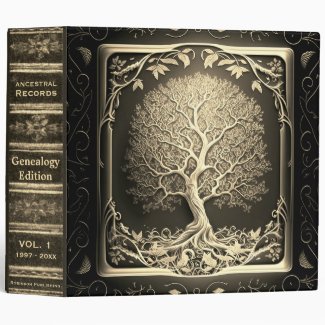The Tree of Life and Diversity
The Tree of Life and Diversity
The Tree of Life is a metaphorical representation of the evolutionary relationships between all living organisms on Earth. It is a branching structure that illustrates the divergence of species over time, from the earliest forms of life to the present day. The Tree of Life is an important concept in biology and ecology as it helps us understand the interconnectedness of all living things and the importance of biodiversity. In this article, we will explore the Tree of Life and Diversity, and the essential role they play in sustaining life on Earth.
Understanding the Tree of Life
The Tree of Life is a visual representation of the evolutionary history of all species on Earth. At the base of the tree are the simplest forms of life, such as bacteria and archaea, which evolved more than 3.5 billion years ago. As we move up the tree, there are more complex organisms, such as plants, animals, and fungi, which have evolved over time from earlier forms of life. The branches of the tree represent the different groups of organisms, with each branch representing a distinct lineage.
The Importance of Biodiversity
Biodiversity refers to the variety of life on Earth, including the diversity of species, ecosystems, and genetic diversity within species. Biodiversity is essential for maintaining the health and well-being of the planet. It provides us with vital ecosystem services, such as clean air and water, pollination, and nutrient cycling. Biodiversity also has important economic and cultural value, providing us with food, medicine, and recreation, and enriching our lives through art, music, and literature.
Evolution and Adaptation
Evolution is the process by which species change over time, through natural selection and other mechanisms. Adaptation is the process by which organisms become better suited to their environment, through genetic changes that allow them to survive and reproduce more successfully. Evolution and adaptation are essential for the survival of species in a changing world, as they enable organisms to respond to new challenges and opportunities.
The Interconnectedness of Life
The Tree of Life illustrates the interconnectedness of all living things on Earth. Every species is connected to other species through a web of relationships, including predator-prey interactions, mutualistic relationships, and competition for resources. The loss of one species can have cascading effects on other species in the ecosystem, leading to a decline in biodiversity and the potential collapse of the ecosystem.
Threats to the Tree of Life
Human activities are the primary threats to the Tree of Life and biodiversity. Habitat loss and fragmentation, climate change, pollution, overexploitation of natural resources, and the introduction of invasive species are all major threats to the health and well-being of the planet. The loss of biodiversity has serious consequences for human health and well-being, including the loss of ecosystem services and the emergence of new diseases.
Celebrating Diversity for a Sustainable Future
We can celebrate diversity by fostering a deeper appreciation for the natural world and the many forms of life that inhabit it. We can work to protect biodiversity by conserving habitats, reducing our carbon footprint, and promoting sustainable practices in agriculture, forestry, and fisheries. We can also support policies and initiatives that promote biodiversity conservation and foster a greater understanding of the value of biodiversity to human well-being.
The Tree of Life and Diversity are essential concepts for understanding the interconnectedness of all living things on Earth. By celebrating diversity and working to protect biodiversity, we can ensure a sustainable future for ourselves and for the many species that share our planet. By promoting biodiversity conservation and fostering a greater appreciation for the natural world, we can help to ensure that the Tree of Life and all its branches continue to thrive for generations to come.

